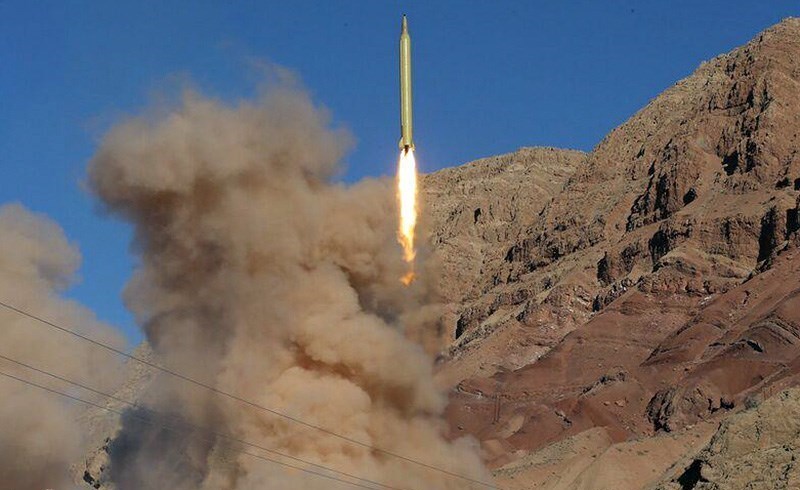
In the ever-evolving landscape of global security, few topics raise as much concern and interest as the development and capabilities of North Korean ballistic missiles. The Democratic People’s Republic of Korea (DPRK) has been at the forefront of international discussions due to its persistent pursuit of advanced missile technology. This article aims to provide a detailed and comprehensive understanding of North Korean ballistic missiles, their evolution, capabilities, and the implications they pose on regional and global security.
Table of Contents
The North Korean Missile Program
The journey of North Korean ballistic missiles begins with a historical perspective. To comprehend the current scenario, it’s crucial to delve into the origins of North Korea’s missile program. The country’s ballistic missile program started in the 1970s, and over the decades, it has evolved significantly, drawing concerns from the international community.
Evolution of North Korean Ballistic Missiles
A. Early Development and Challenges
In the early stages, North Korea faced numerous challenges in developing reliable missile technology. However, the determination of the regime persisted, leading to the emergence of the Scud missile family. These short-range ballistic missiles marked the initial steps in North Korea’s pursuit of advanced military capabilities.
B. Intermediate-Range Missiles: The Musudan Series
As North Korea continued to advance its missile program, the development of intermediate-range missiles became a focal point. The Musudan series represented a significant leap forward, with increased range and potential threat to neighboring countries.
C. Long-Range Ambitions: The Hwasong Series
The evolution reached a turning point with the introduction of the Hwasong series, including the infamous Hwasong-15. This intercontinental ballistic missile (ICBM) demonstrated North Korea’s capability to target distant locations, raising concerns worldwide.
Capabilities and Concerns
A. Range and Payload Capacity
North Korean ballistic missiles vary in terms of range and payload capacity. Understanding the specifications of each missile type is crucial for assessing the potential threats they pose. The Hwasong-15, for instance, boasts an impressive range of over 13,000 kilometers, putting the continental United States within its reach.
B. Nuclear Capabilities
One of the primary concerns associated with North Korean ballistic missiles is their potential to carry nuclear warheads. The regime’s nuclear ambitions have escalated the global threat perception, prompting diplomatic efforts to denuclearize the Korean Peninsula.
International Response and Sanctions

The international community has responded to North Korea’s missile provocations with a series of sanctions aimed at curbing the regime’s pursuit of advanced weaponry. The United Nations Security Council has played a pivotal role in implementing and enforcing these sanctions, emphasizing the need for a collective response to maintain global peace and security.
Implications for Regional and Global Security
The proliferation of North Korean ballistic missiles poses significant implications for both regional and global security. Neighboring countries, such as South Korea and Japan, find themselves in the direct line of fire, necessitating robust defense mechanisms. The global community, on the other hand, must remain vigilant to prevent the escalation of tensions and the potential use of these missiles.
Navigating the Future: Diplomacy and Dialogue
In addressing the North Korean missile threat, diplomatic efforts play a crucial role. Engaging in meaningful dialogue with the regime is essential to find a peaceful resolution and prevent further advancements in their ballistic missile program. The international community must work collectively to promote stability in the region.
Conclusion:
In conclusion, the complex landscape of North Korean ballistic missiles demands unwavering attention from the international community. Understanding the historical context, the evolution of missile technology, and the potential ramifications is essential for formulating effective strategies to address the threat.
As we navigate these uncertain waters, it is paramount to stay informed and engaged. The implications of North Korean ballistic missiles extend beyond borders, impacting us all. By fostering diplomatic solutions, enforcing sanctions, and bolstering regional defense, we can collectively work towards a safer and more secure world.
Remember, staying informed is the first step toward building a resilient and secure future.
